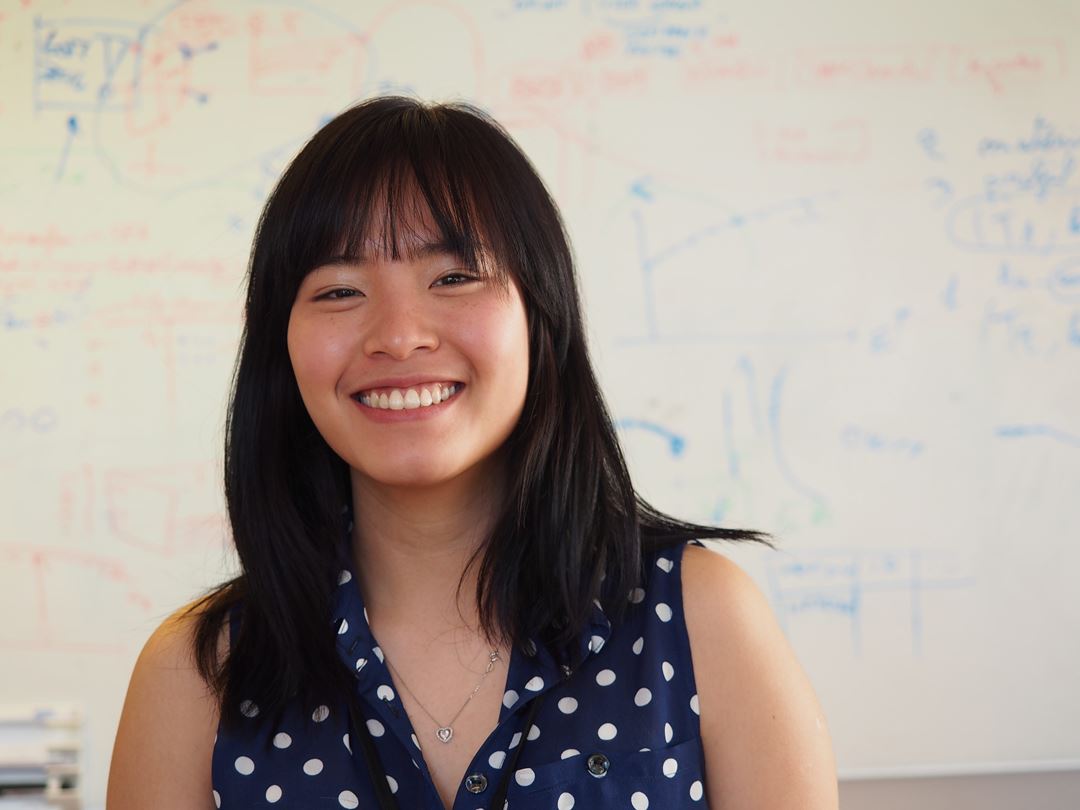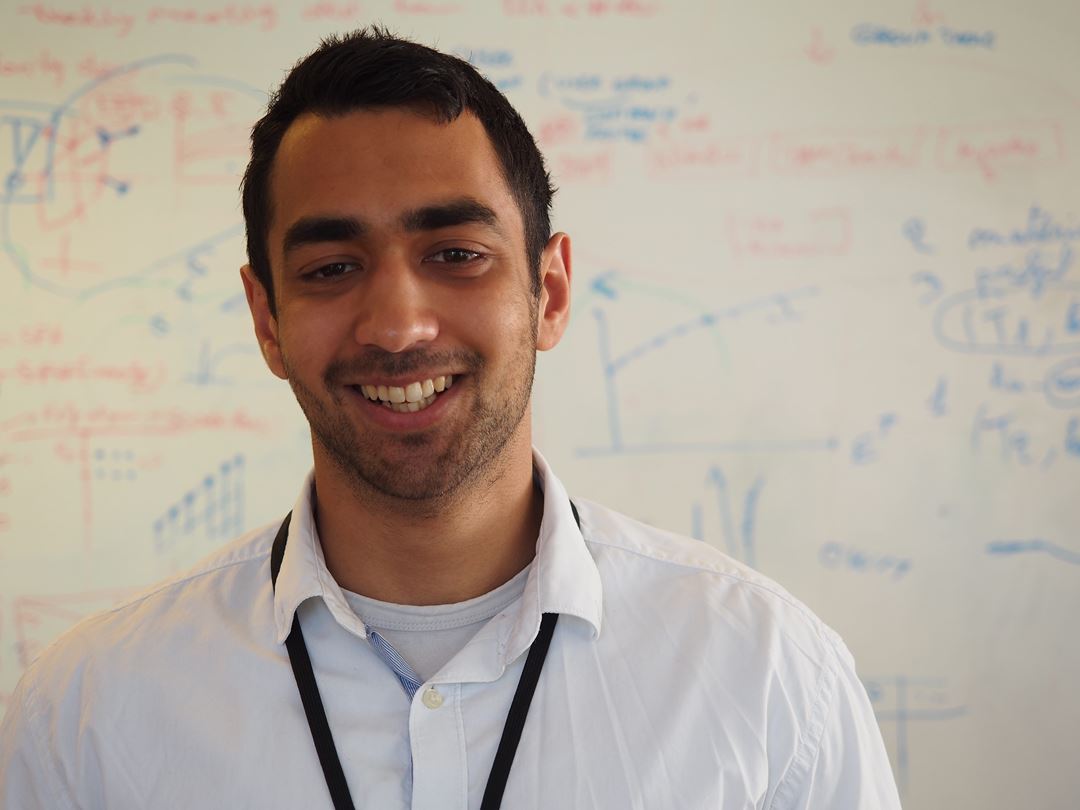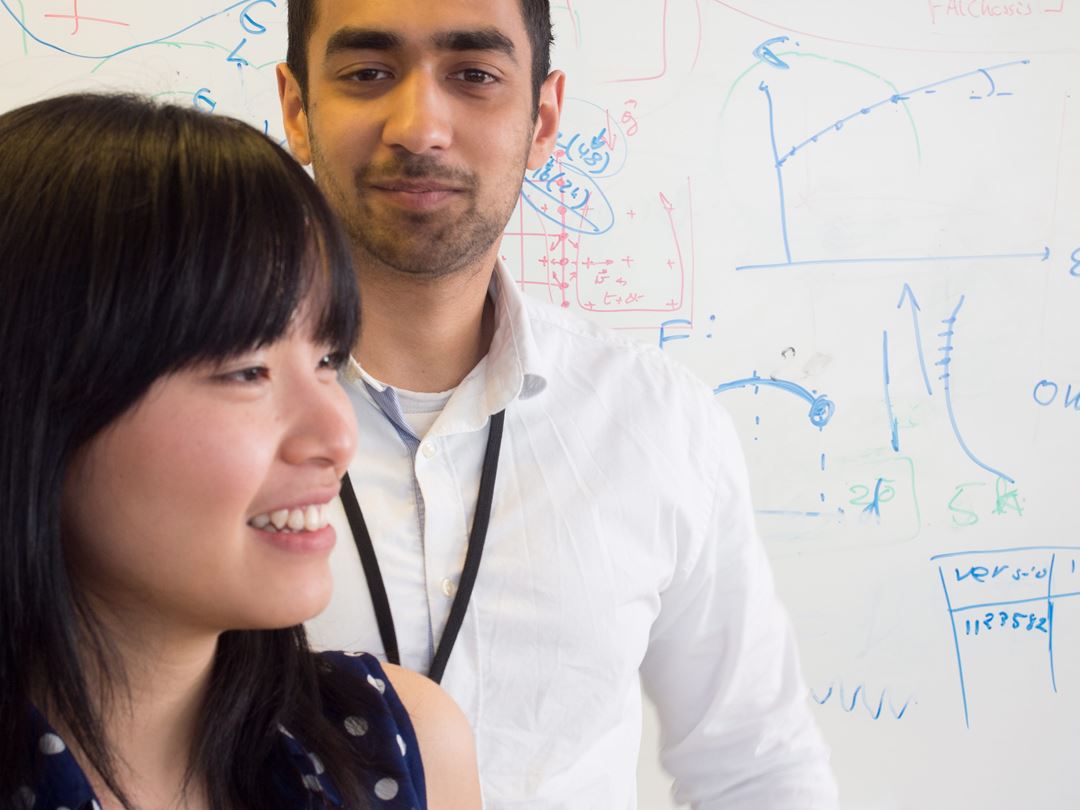Anh
I am a chemistry student at NTNU. I recently finished the Bachelor's programme with a specialization in applied theoretical chemistry and will start on the two-year Master degree in the coming fall.
My task this summer is to parallelize the SINTEF's SPH-code called SCORE, as a part of the ROP project. The goal is to speed up the code and minimize the computation time for large problems.
Smoothed Particle Hydrodynamics (SPH) is a computational method used for simulating fluid flows. By replacing the fluid with a set of particles, numerical solutions of fluids dynamics equations can be obtained. SPH simulations have proved to be very useful in many scientific applications. However, it is most commonly is used to model fluids in animations, such as films or video games.
Simulations of complex particle systems require the use of computer systems with big computational power. For such problems, it is common to use multiprocessor architecture with share or distributed memory. The OpenMP version of the SCORE code is based on the standard shared memory model of parallelism. Thus, there are a few drawbacks with this model including the long computation time. The next step is to apply the most popular distributed memory model MPI, as an attempt to speed up the code.
So far, it has been very exciting to be a part of a research project and work with a very skilled team. Since parallel programming is quite new to me, every day is a new challenge, and I am learning a lot. I hope to work with them at SINTEF again some day.
Anh Quynh Nguyen
Department of Chemistry, NTNU

Sunny
Modelling has always been a crux for me. As a thirteen year old boy I started to draw and animate cars in explosive car chases. From there on out the modelling started to get more complex. You'd think that the when delving further into the world of modelling, you'd get to model bigger objects. To the contrary, I now believe the opposite to be true
At the ROP project today, we are studying the effect of hydrogen embrittlement in metals. My task is to model fractures who are subject to this phenomena . It's an interdisciplinary task, combining the best of many worlds. I get to play around with traditional mechanics, chemistry and computer programming. This excites me, as I've barely touched the surface of the two latter subjects.
The essence of what we do here today, is trying to recreate reality. Think of it as building The Matrix, just in small scale. The best part though, is that this project is so cutting edge that we have to create our modelling tools from scratch. This has proven be quite a challenge. There are a plethora of experimental data from fractures of large scale. However, unambiguous experimental data from small scale fractures are harder to come by. It feels like we are working with an inverse jigsaw puzzle: We know how the complete picture will look like, but we don't know the individual pieces.
Finding all these pieces will be the subject of my work here this summer, and it will probably also be the subject of my master thesis.
Sunny Islam
Department of Industrial Mechanics, NTNU



